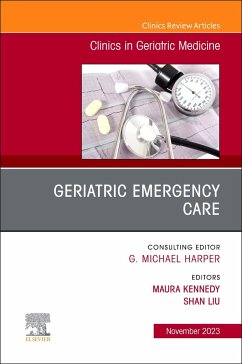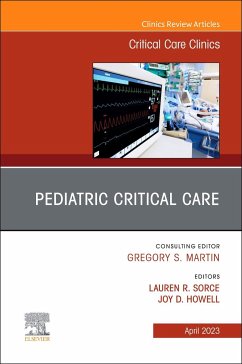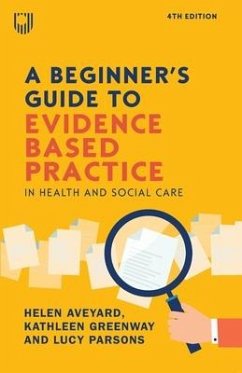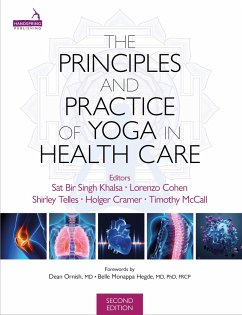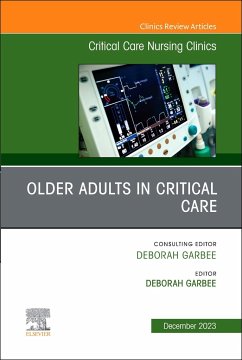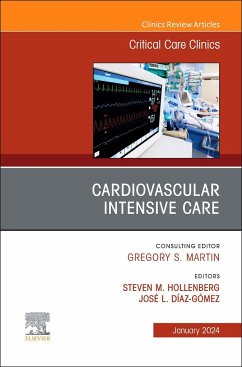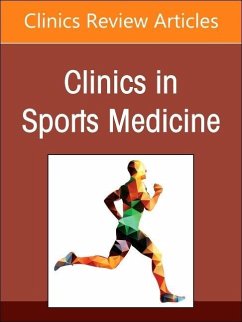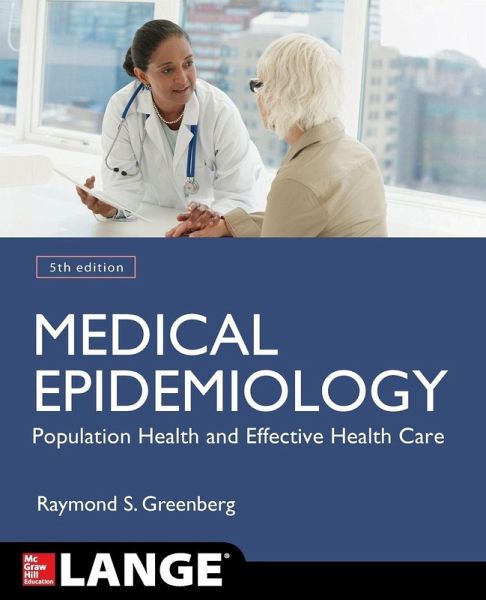
Medical Epidemiology: Population Health and Effective Health Care, Fifth Edition
Versandkostenfrei!
Versandfertig in über 4 Wochen
83,99 €
inkl. MwSt.

PAYBACK Punkte
42 °P sammeln!
Medical Epidemiology provides readers with a complete overview of the principles and concepts of epidemiology and illustrates the contemporary relationship between population-based science and the care of patients.




